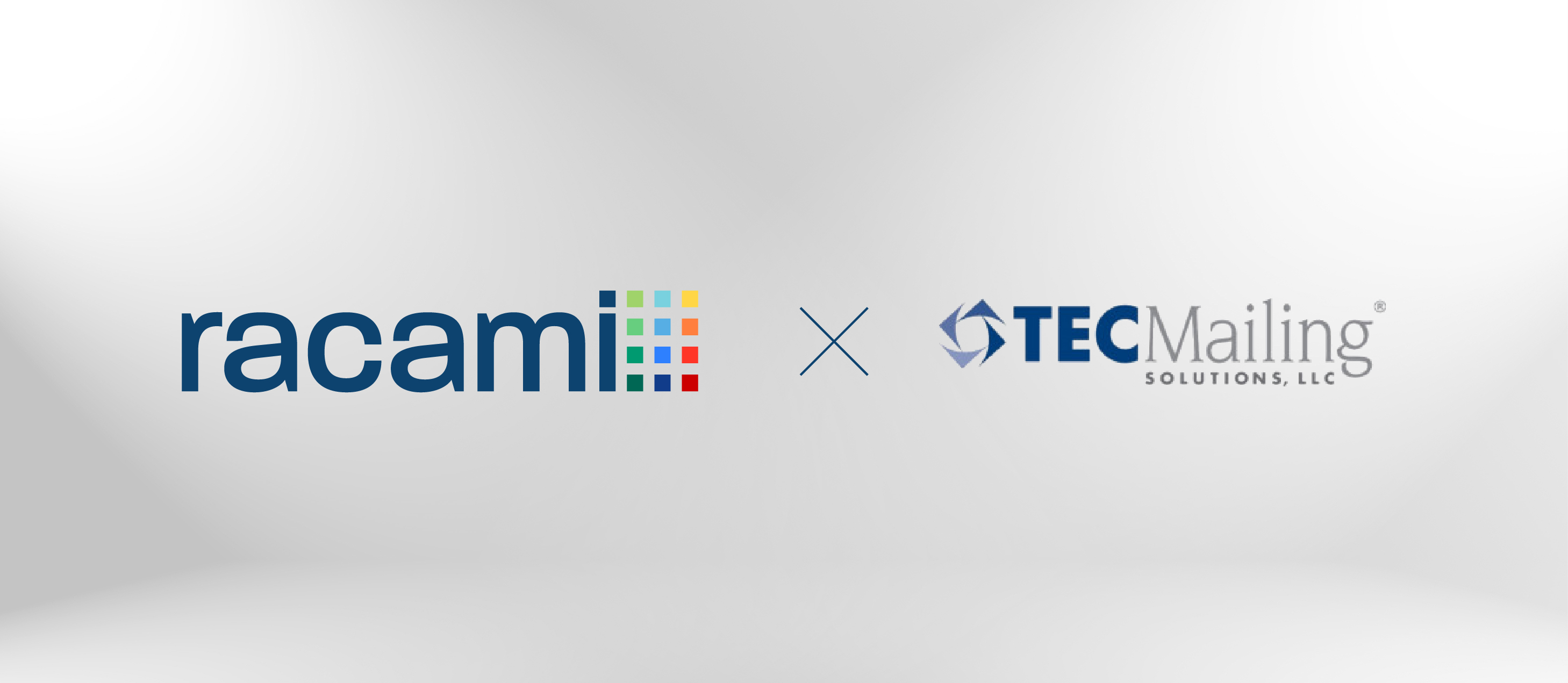Right now, U.S. based businesses are facing increasing challenges when it comes to sourcing and implementing hardware solutions. A big factor driving this shift is the rising impact of tariffs on hardware imports. As costs increase and supply chains become more unpredictable, it’s time to rethink investment strategies and focus on areas that drive growth and efficiency—without getting bogged down by external economic pressures. That’s where software-related projects come into play.
The Tariff Problem
Tariffs on hardware components are real, they are here, and they are impacting businesses that rely on international supply chains. The cost of importing everything from servers and networking equipment to printers, consumables, and spare parts is surging, cutting profit margins and making large-scale hardware investments less attractive. These added costs aren’t just squeezing budgets—they’re also causing delays in procurement and deployment.
The companies I talk to in the print and mail space are always looking for ways to improve their operations because they have tremendous external pressures from the USPS, government oversight, insurance costs, and other factors that consume margin. While new hardware investments still have their place, many companies know that enhancing software solutions can drive productivity gains, often with lower costs and fewer supply chain challenges. Shifting focus toward software can help organizations optimize performance while navigating the economic tension that we’re experiencing related to imported goods.
Why Software is a Smart Investment in Today’s Climate
- Lower Upfront Costs
Unlike hardware, which often requires significant capital expenditures, software solutions can be implemented with lower upfront costs. Cloud-based applications, subscription models, and scalable solutions allow businesses to invest incrementally rather than committing to large, one-time purchases.
- Greater Flexibility and Scalability
Software solutions provide agility. As business needs change, software can be updated, expanded, or customized without requiring physical upgrades. This flexibility ensures that companies can adapt quickly to shifting market conditions instead of being locked into a rigid hardware investment.
- Reduced Dependence on Physical Supply Chains
One of the biggest advantages of software is that it isn’t subject to the same supply chain disruptions that plague hardware procurement. There are no shipping delays, customs issues, or component shortages to worry about. Once a software solution is developed or purchased, it can be deployed quickly and updated as needed.
- Improved Operational Efficiency
Many software solutions are designed to optimize existing infrastructure, reducing the need for new hardware. For example, AI-driven analytics tools, workflow automation platforms, job batching systems, customer-facing portals, PDF preflight tools, and PDF optimizers can increase productivity without requiring major hardware investments.
- Staying Competitive in the Next Business Cycle
Technology is evolving rapidly, and companies that invest in software now will be better positioned to adapt to future changes. By focusing on digital transformation instead of expensive hardware acquisitions, businesses can remain competitive in a fast-changing market.
Final Thoughts
Hardware will always be an essential part of business operations, but in today’s economic climate, it’s critical to evaluate where investments will have the greatest impact. I’ve seen firsthand how software investments can complement existing infrastructure to drive efficiency, automation, and better customer experiences. By leveraging the strengths of both hardware and software, businesses can build more scalable, cost-effective, and resilient operations.
Now is the time to embrace software as the future of business transformation. The companies that make this shift won’t just avoid the financial and logistical headaches of hardware investments; they’ll also be better positioned for those investments when current economic policies shift to make them more attractive.



